In Focus: The masterpiece painted in Cornwall by an iconic Finnish artist
Helen Schjerfbeck is a national icon in Finland but hasn't had a solo exhibition in Britain since the 19th century. The Royal Academy have now corrected that oversight; Lilias Wigan went along.
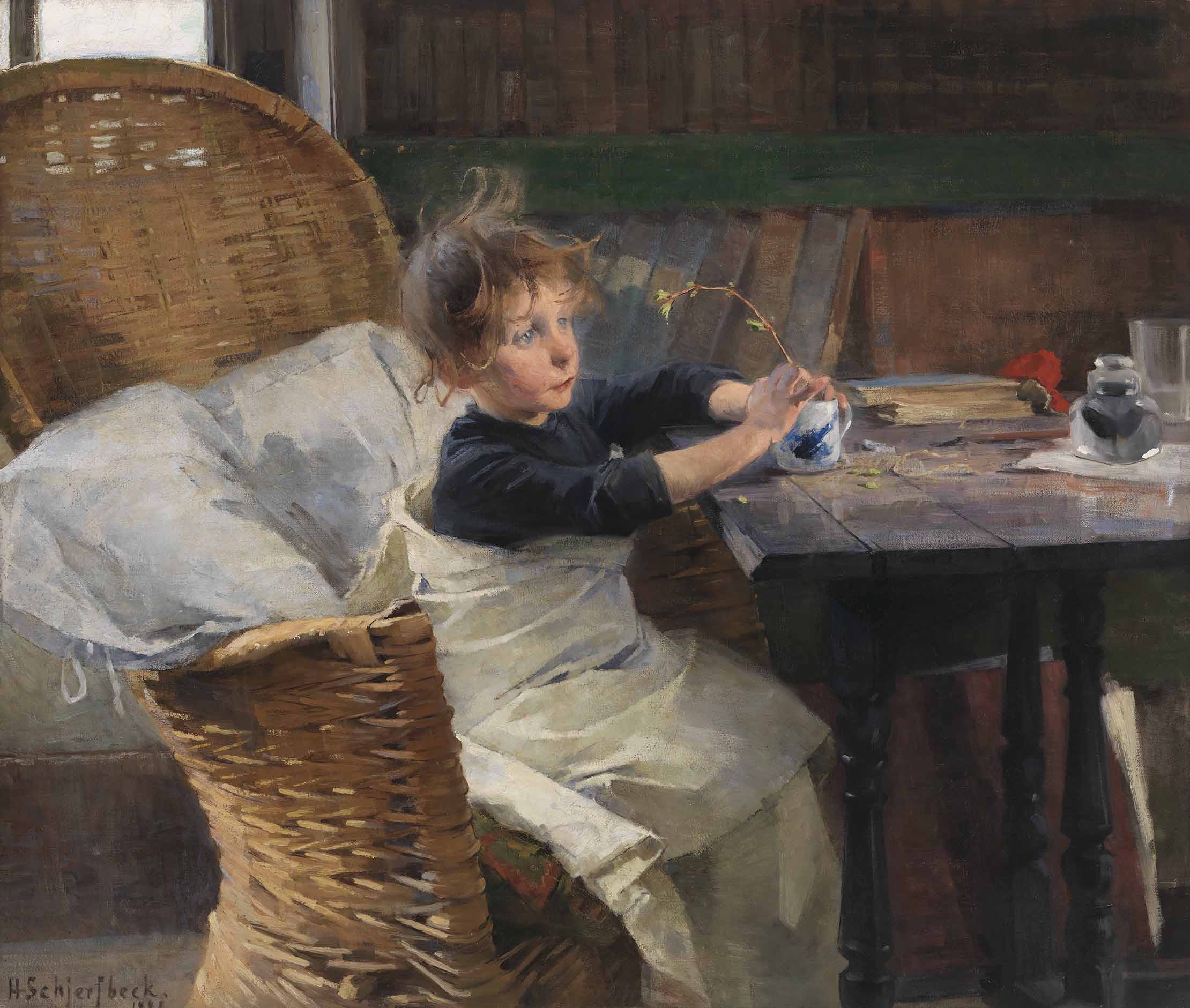
‘These paintings have fine things alongside fierce things,’ observed Jules Bastien-Lepage when he saw some small, early canvases by Helen Schjerfbeck.
The two artists met at Pont-Aven, in the 1880s. Bastien-Lepage, whose naturalist style Schjerfbeck followed closely in her early paintings, was not alone in his canny recognition of her talent. At the age of 11, she had become the Finnish Art Society’s youngest ever student. She entered the drawing school for four years, before moving for a further two to a private academy that prioritised Dutch genre painting.
Schjerfbeck became a Finnish national icon, yet she is little known in Britain. The Royal Academy’s current retrospective, a collaboration with the Ateneum Art Museum, Finnish National Gallery, is the first solo show of her work in London for 130 years.
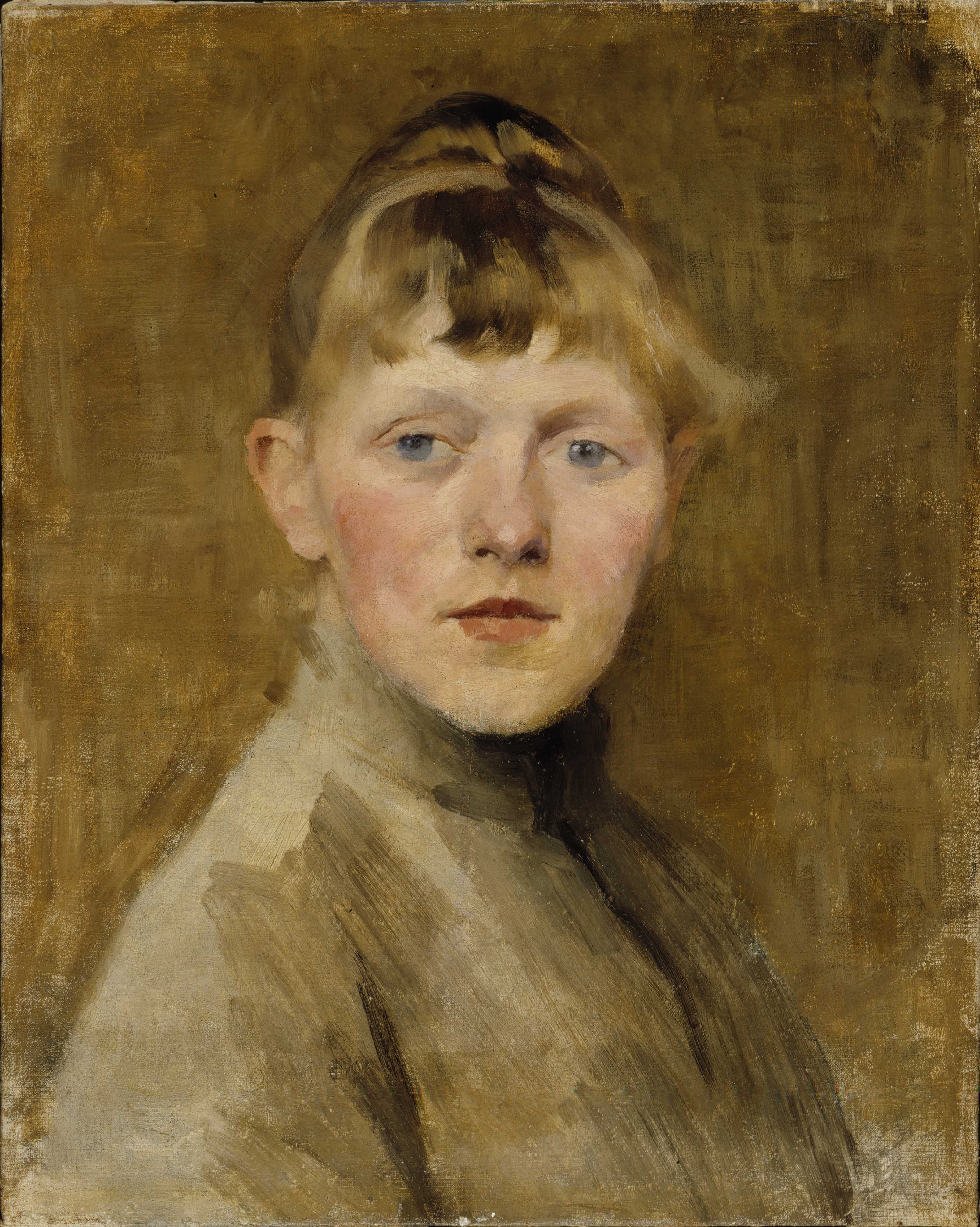
A present of pencils and paper became, for Schjerfbeck, the gift of ‘the whole world’ after she was left permanently lame, having broken her hip as a child. Determined that her ailment would not thwart her appetite for European travel, she created much of her formative work in the 1880s and ‘90s, away from her Nordic motherland, spending much of that time in Paris, Pont-Aven, St. Ives and Florence.
The Convalescent, pictured at the top of this page, was painted in 1888 during the first of two trips to St. Ives in Cornwall. Schjerfbeck had come to the area following a broken engagement to an unidentified artist she had met the previous year and found ‘a thousand things to paint’, mostly from local subjects.
In line with the Dutch genre painting that she had studied, as well as the naturalistic style popular in the Victorian era, it is the painterly elements of The Convalescent that are more relevant than its subject. Almost effortlessly, it seems, the artist captures the essence of everyday life with lively, expressive strokes that she achieved by holding her brush at an angle (surviving photographs record her unconventional working methods).
'The girl’s innocent, wide-eyed expression suggests that she is yet to be impacted by the harshness of rural working life'
Children captivated Schjerfbeck — and they were more readily available as sitters. ‘Once they have passed the age of seventeen they become old and conventional,’ she wrote, and she appreciated the additional advantage of having children sit for her, as it meant there was less of a need to make conversation, which she disliked.
Exquisite houses, the beauty of Nature, and how to get the most from your life, straight to your inbox.
Emotionally charged with sentiment and nostalgia, such images conformed to conservative public taste. The subject of sick children, in particular, was popular at a time when public services were intent on improving health and childcare.
The Convalescent is filled with symbolism. The girl’s innocent, wide-eyed expression suggests that she is yet to be impacted by the harshness of rural working life. The budding branch in her hand might refer to her youth, or suggest the beginnings of recovery from illness.
The painting may be a psychological self-portrait, made after the artist’s recent separation. Originally titled Première verdure (First Greening), it was exhibited at the prestigious Paris Salon in 1888 and at the Paris International Exposition a year later, where it won a bronze award.
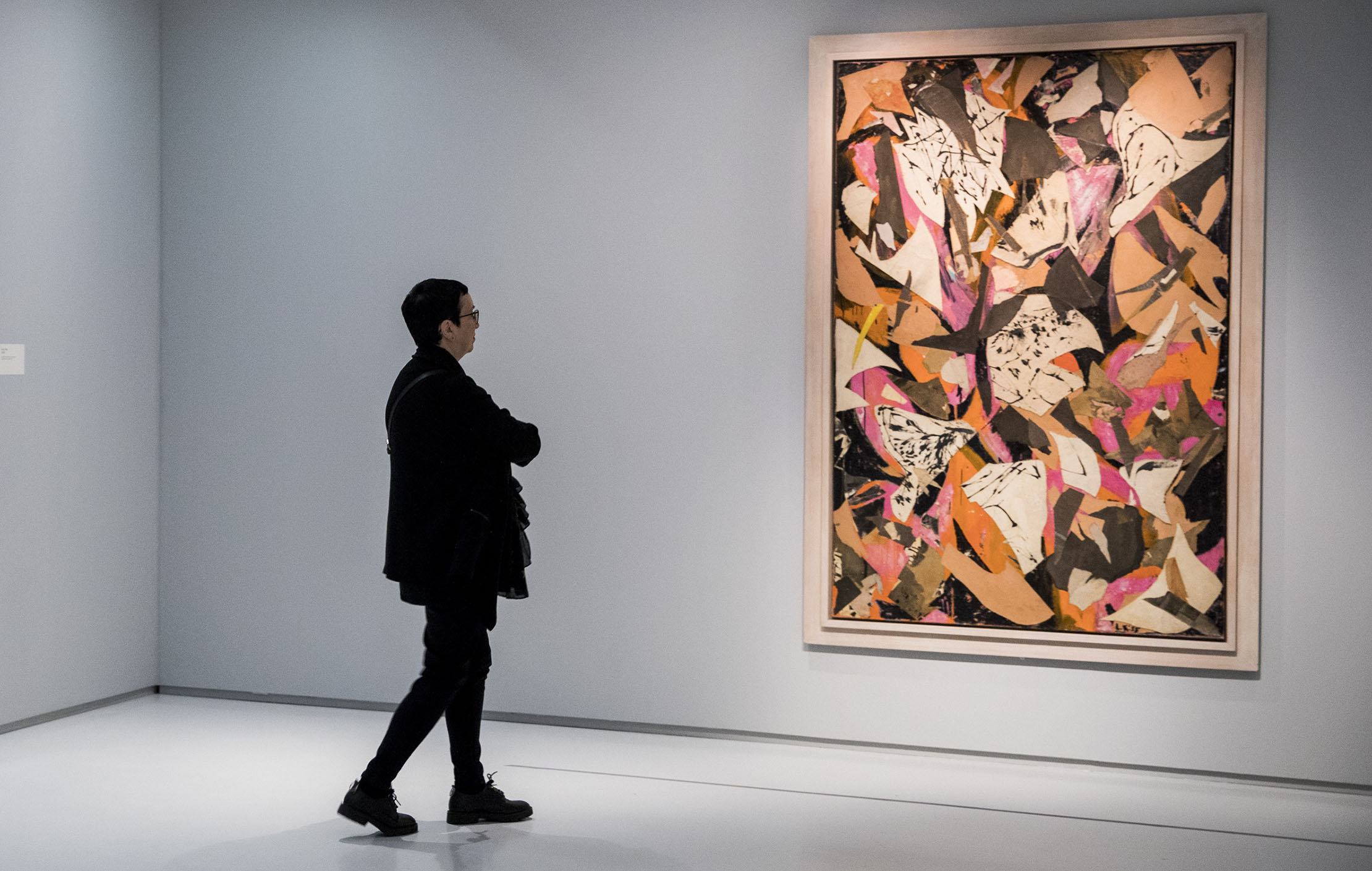
In Focus: The Bald Eagle, America's symbol, 'torn apart, deranged and fragmented' by Lee Krasner
Lee Krasner's bold work is the subject of an exhibition at The Barbican. Lilias Wigan paid a visit, and focuses
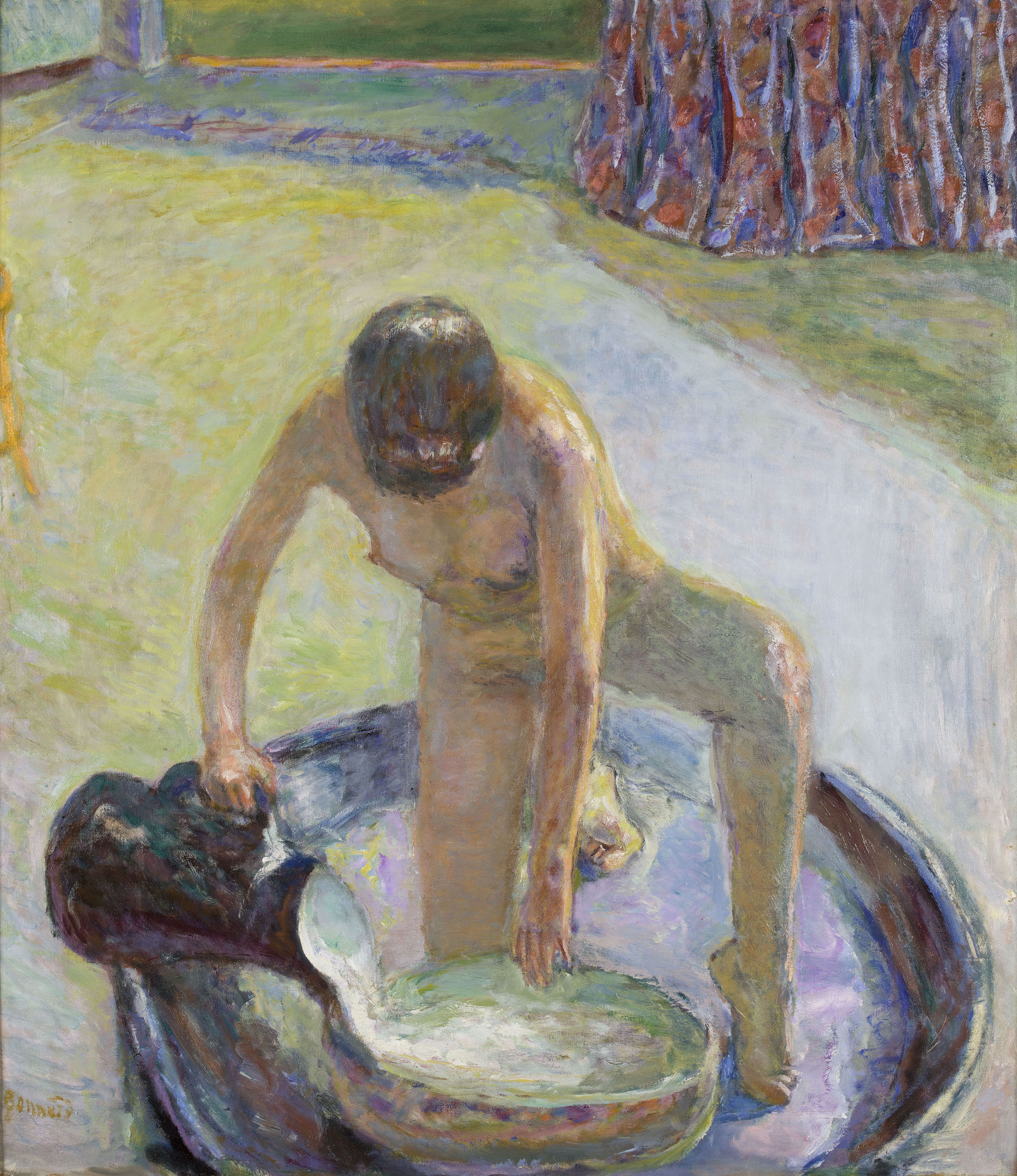
In Focus: How Pierre Bonnard used photography to help him paint pictures that would once have been near-impossible
The mysterious French artist Pierre Bonnard is the focus of a new exhibition at Tate Modern. Lilias Wigan went along.
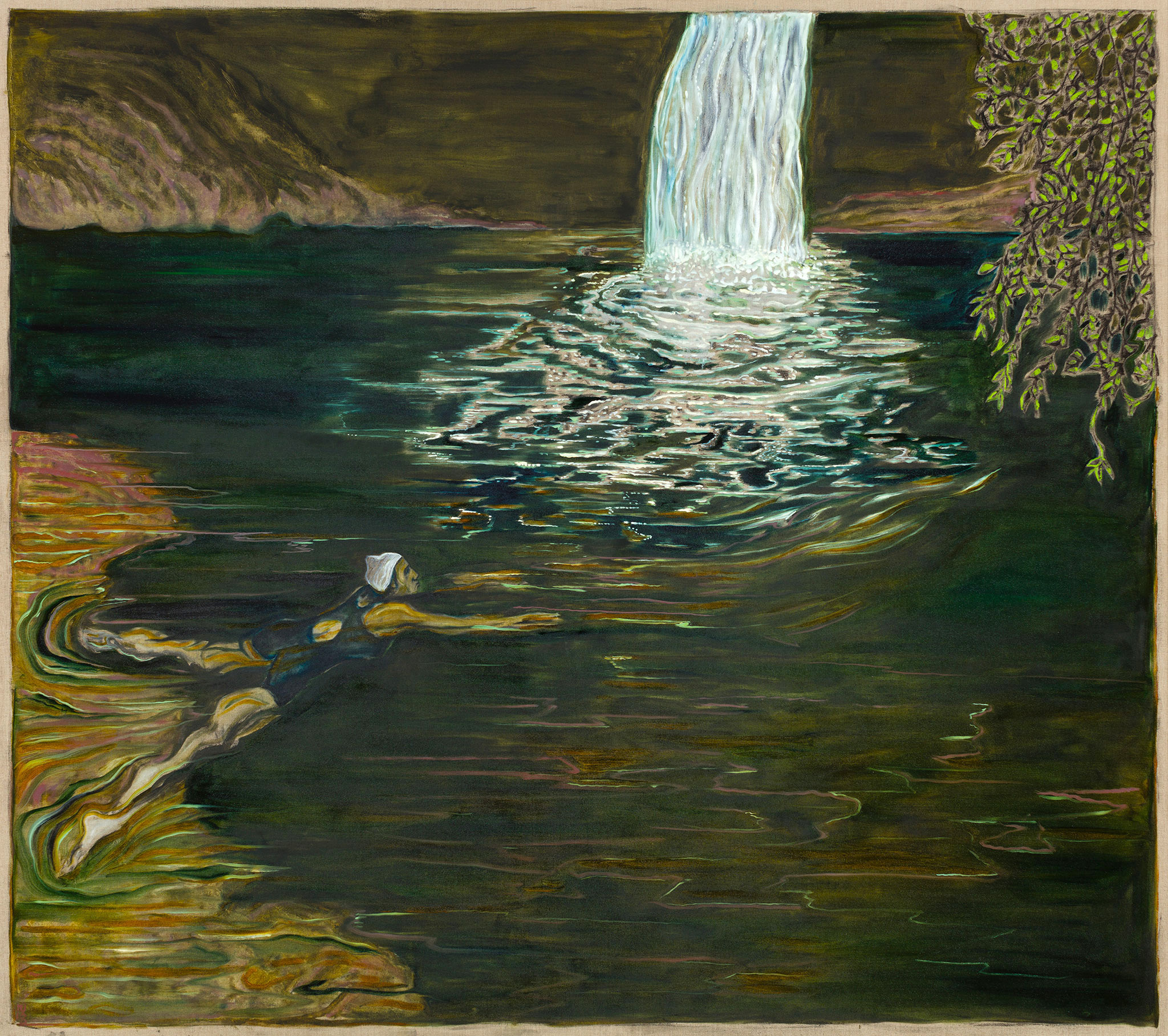
In Focus: Billy Childish's poignant, tender depiction of his wife, completely idiosyncratic and entirely compelling
Billy Childish's art is both outstanding yet often misunderstood — something that an exhibition in Margate's Carl Freedman Gallery looks